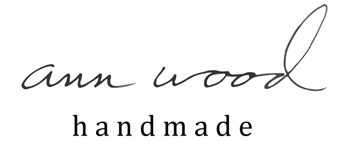
A fancy dress tea party for very nice mice!
They are so happy to see you! Come right in!
Step into their warm, welcoming ramshackle room. I could totally live there! They’ve made it extra festive and cozy for a fancy tea party with friends.

The dear little scene is made from stuff I had around, a couple things from my childhood dollhouse, old french letters on the wall and some favorite tiny treasures. The mice and plates are free tutorials in case you are feeling the need for a mouse tea party. I’ve shared a few tips and ideas below for creating a very nice mouse house including miniature plate hangers for your tiny mismatched china, more on that in a minute.


Making a mouse tea party was not my plan for Saturday. All of a sudden I felt the need to make something entirely for Joy. 100% JOY. And it was, sorting through my treasures, making the wire chandelier, putting together the little scene and photographing it was 100 % joy.


some details:
*some links are affiliate links – meaning I get a tiny commission if you purchase through the links – they are marked with an asterisk
A fancy bicorne hat for the host -The tiny bicorne hat was made using this pattern but I used the “bird bicorne accent” pattern piece for the hat and then cut another a little smaller for the decorative piece.
The mice – made from the very nice mice free pattern – pro tip – lately I’ve been adding walnut shells or a coin or two for weight in the bottom to help them stand up.
Tiny plates and cups – made from this free tutorial – so much fun.

mouse food – Pickling spice makes great mouse food. I put some in a little glass button and sprinkled some by the door mat too – little mouse debris, you know how mice are…

Chandelier – Its made from this *super handy 24 gauge wire, a vintage earring I’ve had for ever and a few tiny beads. The easy plate hangers are made from this wire too.
make miniature plate hangers

Cut a few inches of *24 gauge wire. You will also need needle nose pliers – small ones are great, wire cutters and pins for hanging. I used the sharpie to color the *little applique pins. The little pins come in handy for lots of dollhouse things.
Bend the wire in half and make a loop. Twist the ends under the loop,
Place your tiny plate on and bend up the ends.
Remove the plate, trim the ends and curl them with the pliers.
Put your plate on and press the curled ends to hold the plate snuggly.

The wall is made from foam-core and I push the little pins (colored with a sharpie) in to hold the hangers. You can use tiny nails too.
If you’ve got kids home from school this would be a fun project and stay tuned for more ideas. If you do make a mouse tea party I’d love to see – you can email photos to info at ann wood handmade dot com or use #annwoodpattern and #mousehousediy to share on instagram.
Wishing you all health and peace and happiness and I hope this all passes quickly.
Onward!
ann

Do you get my free weekly-ish newsletter? There are tips and tricks, ideas, stuff to try, all the latest news and blogposts and extra stuff, just for subscribers, delivered mostly on Friday. Pretty much.
























 3.
3.

























































































































